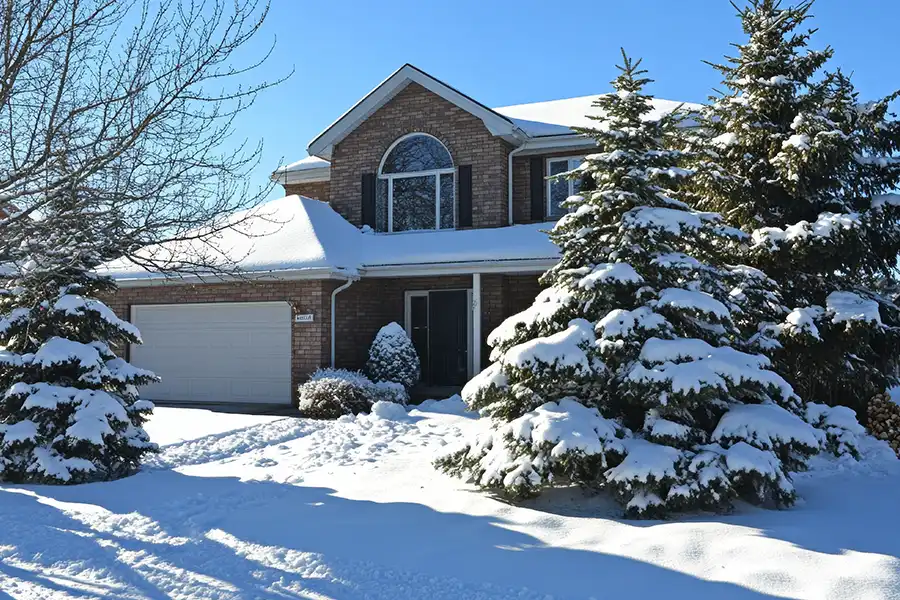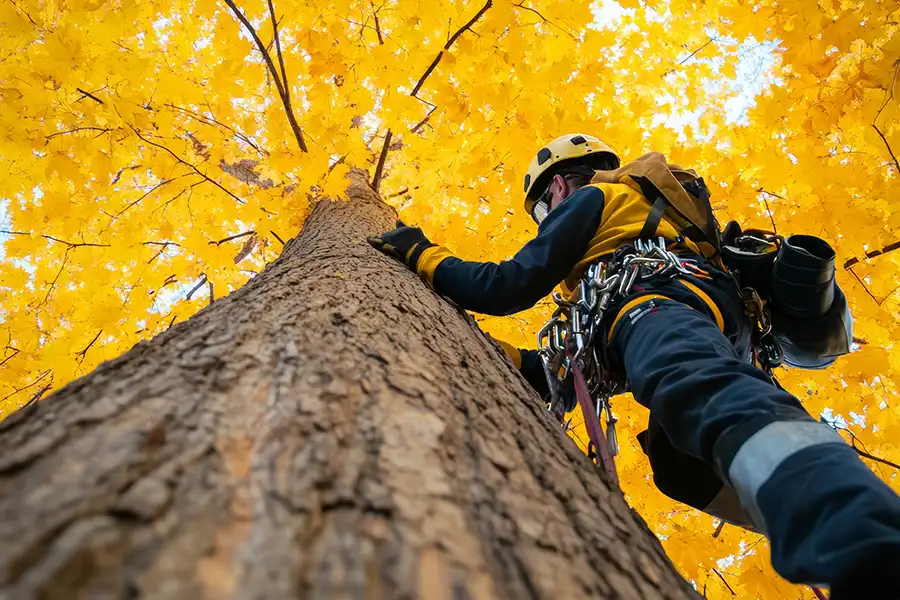Maintaining the health and appearance of your trees is a rewarding endeavor, and DIY tree pruning is an excellent way to engage with the well-being of your landscape. However, successful tree pruning requires knowledge and careful execution to ensure the best outcomes for your trees and property. In this blog, we’ll explore essential tips for DIY tree pruning, empowering homeowners with the knowledge to enhance the vitality and aesthetics of their trees. While these tips provide valuable insights, it’s important to recognize that professional expertise can be invaluable for more complex situations. A-Unlimited Tree Service LLC in Madison County, IL, stands ready to assist with any pruning needs you may have.
Tip #1: Understand Tree Species and Growth Habits
Before grabbing your pruning tools, take the time to understand the specific species of trees in your landscape and their natural growth habits. Different trees have varying responses to pruning, and recognizing these characteristics will guide your approach. Understanding the growth patterns helps determine where and how to make cuts for optimal results, promoting healthy growth and reducing the risk of stress-related issues.
Tip #2: Identify Dead or Diseased Branches
One of the primary purposes of pruning is to remove dead or diseased branches, promoting overall tree health. Deadwood can attract pests and diseases, impacting the tree’s vitality. By identifying and removing these branches, you not only enhance the tree’s aesthetic appeal but also prevent the spread of potential threats. Regularly inspect your trees for signs of disease or deadwood and promptly prune affected branches to maintain a thriving and resilient landscape.
Tip #3: Practice the Three-Cut Technique
When pruning larger branches, employ the three-cut technique to minimize the risk of bark tearing and damage to the tree. Start with an undercut, followed by a top cut a little further out from the first. The final cut removes the stub, leaving a clean, smooth surface. This technique promotes proper healing and reduces the likelihood of pests or diseases entering through exposed wounds. It’s a fundamental approach to ensure the long-term well-being of your trees.
Tip #4: Maintain the Natural Shape of the Tree
Pruning should enhance the natural form of the tree rather than impose an artificial shape. Be mindful of the tree’s structure and avoid excessive removal of healthy branches. Maintaining the natural shape not only preserves the tree’s aesthetic appeal but also supports its structural integrity. Over-pruning can lead to stress and make the tree more susceptible to diseases and environmental stressors. A balanced, natural form contributes to the long-term health and resilience of your trees.
Tip #5: Choose the Right Pruning Tools
Selecting the appropriate pruning tools is crucial for achieving clean and precise cuts. Different tools, such as pruning shears, loppers, and saws, are designed for specific purposes and tree sizes. Using the right tool for the job ensures efficient and effective pruning, minimizing the risk of injuries and promoting the overall health of your trees. Keep your tools sharp and well-maintained for optimal performance. And, as always, for access to professional tools and years of expertise, you can rely on our team for superior tree services.
Tip #6: Timing Matters—Prune During Dormant Season
Timing is a critical factor in successful tree pruning. The dormant season, typically late fall to early spring, is the ideal time for most trees. During this period, trees are less stressed, and the risk of diseases entering fresh cuts is reduced. Pruning during dormancy promotes vigorous spring growth and minimizes the impact on the tree’s energy reserves. However, some trees may have specific timing requirements, so research the best pruning time for your particular species. For further guidance, you can contact our team at A-Unlimited Tree Service LLC with your questions.
Tip #7: Be Mindful of Branch Collars and Bark Ridge
When making pruning cuts, pay attention to the location of the branch collar and bark ridge. The branch collar is the swollen area at the base of a branch, and the bark ridge is the raised strip of bark where the branch attaches to the tree. Cutting just outside the branch collar and ridge helps the tree heal more effectively, as these areas contain cells that facilitate the closure of wounds. Proper cuts contribute to the tree’s defense mechanisms, reducing the risk of infections and promoting efficient healing.
Tip #8: Limit the Amount of Removed Foliage
While it’s tempting to prune extensively, it’s crucial to limit the amount of foliage removed during a single pruning session. Removing too much foliage can stress the tree and hinder its ability to produce energy through photosynthesis. Aim to remove no more than 25% of the tree’s crown in a single season. This conservative approach allows the tree to adjust gradually, minimizing stress and supporting its overall health.
For Professional Assistance, Call A-Unlimited Tree Service LLC!
DIY tree pruning is a rewarding activity that can contribute to the health and beauty of your landscape. However, for more complex pruning needs or if you are unsure about specific tree species and conditions, seeking professional assistance is a wise choice. A-Unlimited Tree Service LLC in Madison County, IL, is here to offer expert guidance and support for all your tree pruning requirements. Our team of skilled arborists combines knowledge and experience to ensure the well-being of your trees and the enhancement of your outdoor environment. Call 618.667.9885 today for professional pruning services that go beyond expectations—because your trees deserve the best care possible.








